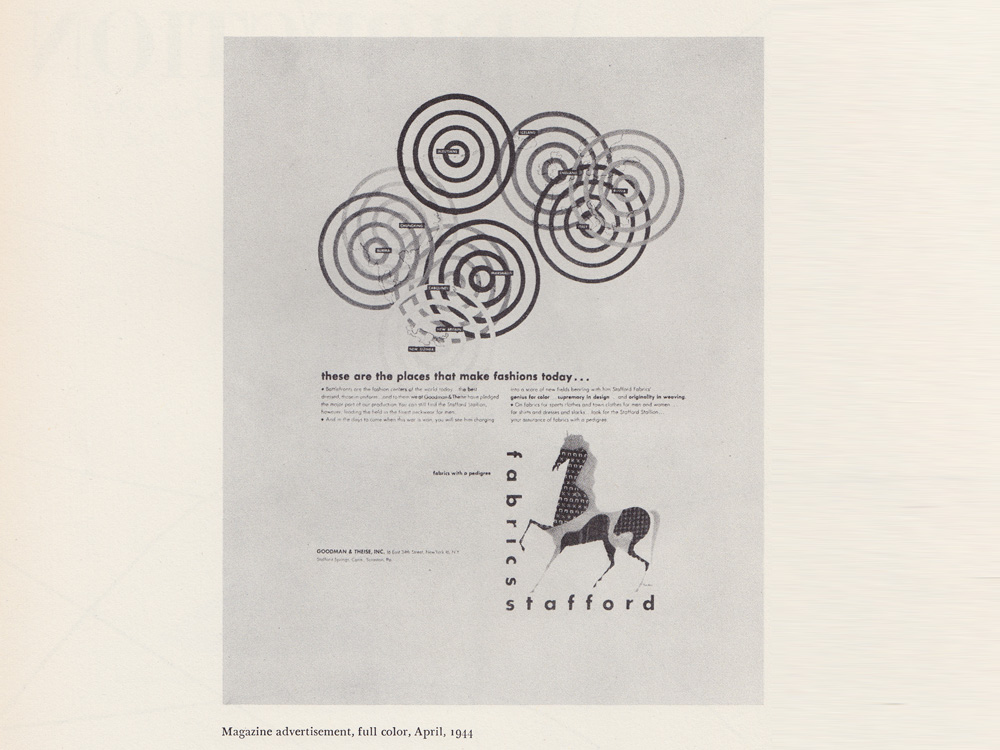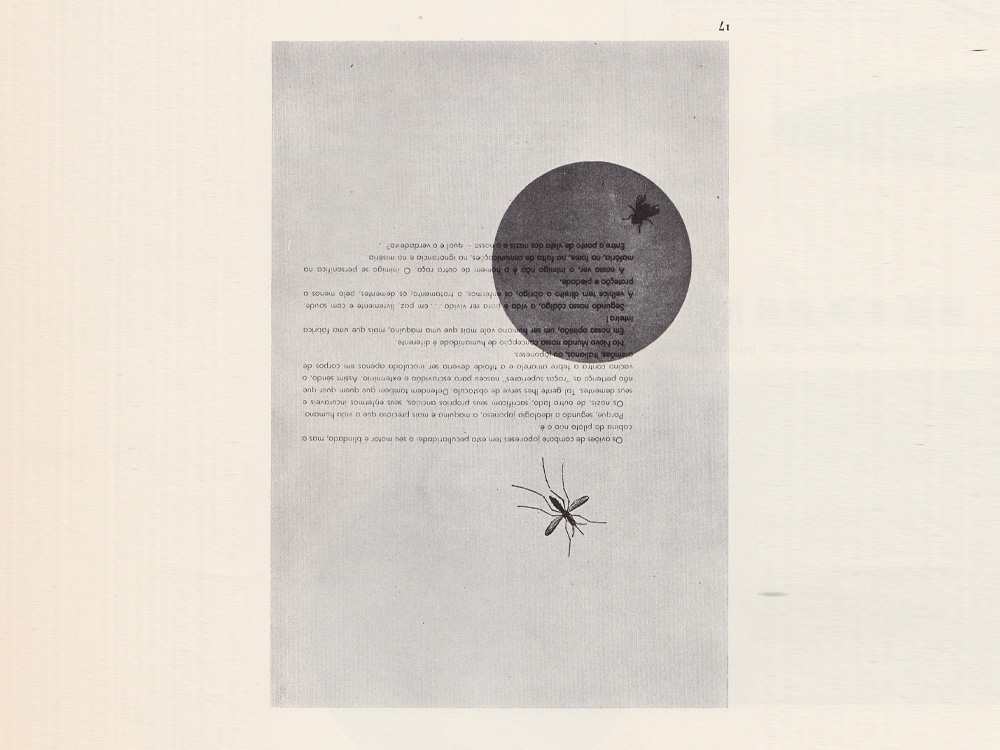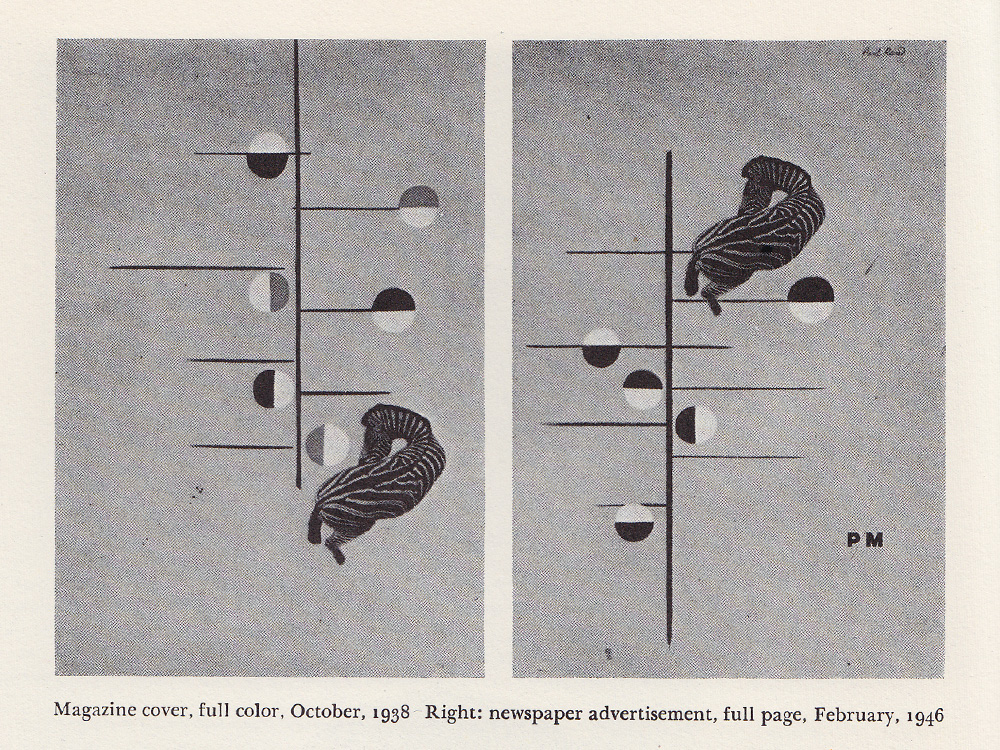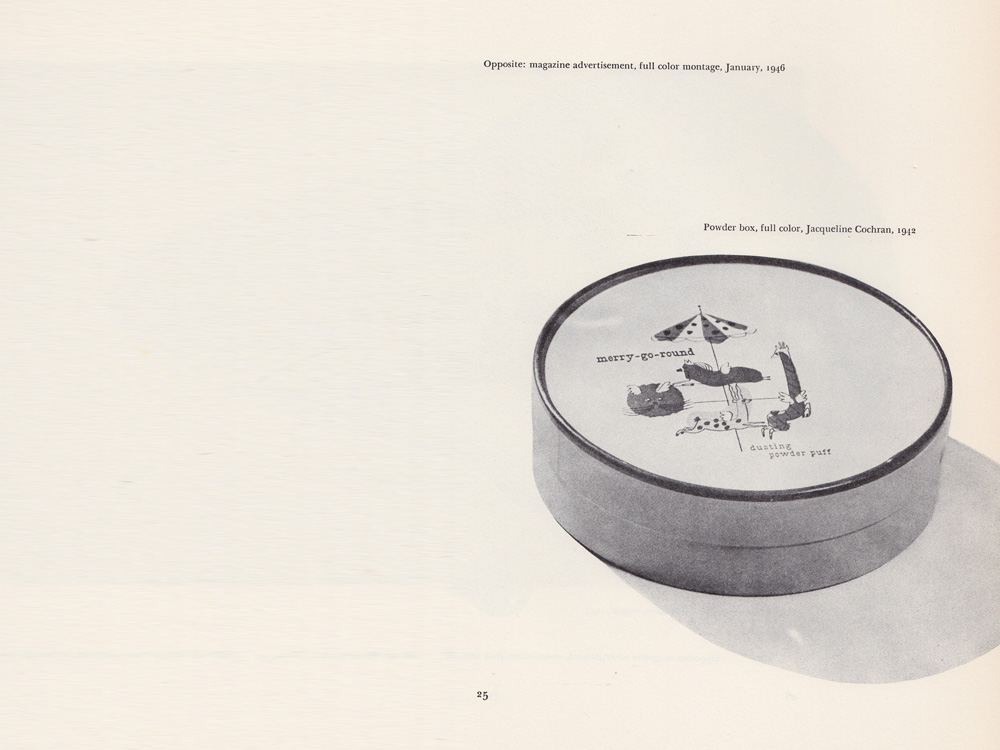The same symbol can express many different ideas. It is potentially a highly versatile device. By juxtaposition, association, analogy, the designer is able to utilize its effectiveness to fulfill a specific function.
Distinguishing the literal and plastic meaning of forms, Ozenfant* declares: ” Every form has its specific mode of expression (the language of plastic) independent of its purely ideological significance (language of sign).” The circle as opposed to the square, for instance, as a pure form evokes specific aesthetics sensation; ideologically it is the sign of eternity, without beginning or end. A red circle maybe interpreted as the sign of the sun, the Japanese battle flag, a stop sign, an ice-skating rink, or a special brand of coffee…depending on its context.
*Amedée Ozenfant, Foundations of Modern Art, p. 249
This information is originated from the Thoughts on Design by Paul Rand in part.
It’s strongly recommended that if you will read a Thoughts on Design thoroughly, you are able to understand with this information on a more than superficial level.
シンボルの汎用性:
同じシンボルは様々なたくさんのアイデアを表現することができます。それは潜在的に汎用性の高いことです。並べたり、集めてみたり、類推することによって、デザイナーは、特別な効果を生み出すたすために、その効果を利用することができます。
形の持つ文字通りのliteralと文脈や状況においてのplasticの意味を区別することで、”すべての形は、その特定の表現方法(プラスチック言語)は、その純粋にイデオロギー的な意義(言語記号)から独立している。”とOzenfant*は提言しています。例えば、正方形と対照的な円は、純粋な形として、特定の美的感覚を呼び起こす、イデオロギー的には、それは永遠であったり、始まりも終わりもない。赤い円は太陽を象徴したり、日本の旭日旗、一時停止の標識、またはコーヒなどの特別なブランド…その文脈に応じてのシンボルとして解釈されます。
* Amedée Ozenfant, Foundations of Modern Art, p. 249
このコンテンツはPaul Rand著によるThoughts on Designから一部引用したものです。
次のことをお勧めします、もしあなたがThoughts on Designを熟読すると、このコンテンツを表面的なレベルより深く理解することができます。



